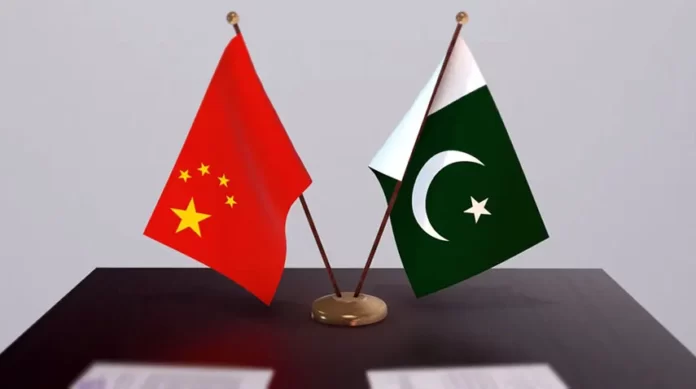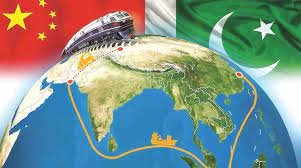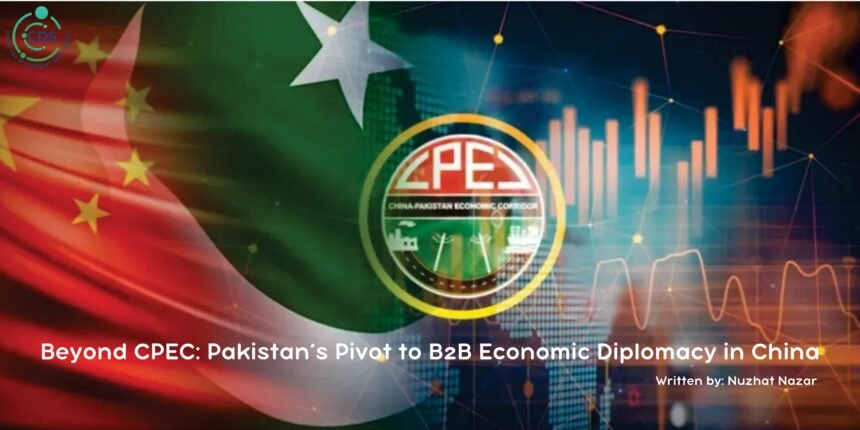The Pakistan Embassy in Beijing, together with its consulates in Chengdu, Guangzhou, Hong Kong, and Shanghai, is organizing the second Pakistan–China B2B Investment Conference on September 4, on the sidelines of the SCO Summit 2025. Unlike traditional state-to-state forums, this initiative is being driven directly by Pakistan’s diplomatic missions, reflecting a deliberate shift towards private-sector engagement and outcome-oriented economic diplomacy.
For decades, Pakistan’s economic engagement with China was defined largely by government-to-government projects, most visibly under CPEC. The current emphasis on business-to-business linkages marks a recalibration: a recognition that private-sector inflows can serve as a parallel engine of growth, reducing reliance on sovereign borrowing and generating more sustainable returns through exports and joint ventures.

Early indicators show promise. Pakistan’s missions in China have facilitated over 850 B2B meetings, producing contracts worth $600 million, with dozens more in advanced negotiation. Measures such as one-window facilitation centers, streamlined visa regimes, and investor lounges signal a willingness to address longstanding complaints about Pakistan’s business environment. Yet these steps will only matter if Pakistan follows through consistently. Without policy continuity and faster execution, there is a danger of “MOU fatigue,” where agreements are celebrated but rarely materialized.
The sectors chosen for promotion — textiles, leather, agriculture, fisheries, plastics, and ICT — are aligned with Pakistan’s export strengths and labor advantage. Linking these industries with Chinese demand could help correct Pakistan’s persistent trade imbalance. Vocational training partnerships with Chinese institutions also offer the potential to upgrade Pakistan’s workforce, while cultural diplomacy initiatives — from mango festivals in Beijing to fashion showcases in Shanghai — are being deliberately deployed to soften perceptions and support trade narratives.

Still, significant risks remain. Political volatility and regulatory unpredictability have historically eroded investor confidence. Security perceptions, though improved, continue to shape external decision-making. Infrastructure gaps — unreliable power, congested ports, weak logistics — may hinder scalability. And if Chinese ventures remain isolated from domestic supply chains, Pakistan risks missing broader spillovers in jobs and technology transfer.
For the embassy-led initiative to deliver, Pakistan must move beyond high-profile ceremonies. A credible mechanism under the Special Investment Facilitation Council should be tasked with monitoring implementation, troubleshooting investor problems, and ensuring accountability. Equally important is investor aftercare: foreign companies will judge Pakistan not by announcements but by the speed and ease with which their projects are executed.
The September conference can be a watershed moment if it helps Pakistan pivot from aid-seeking diplomacy to investment-driven growth. But to achieve this, Islamabad must match the optimism of conference halls with delivery on the ground.



